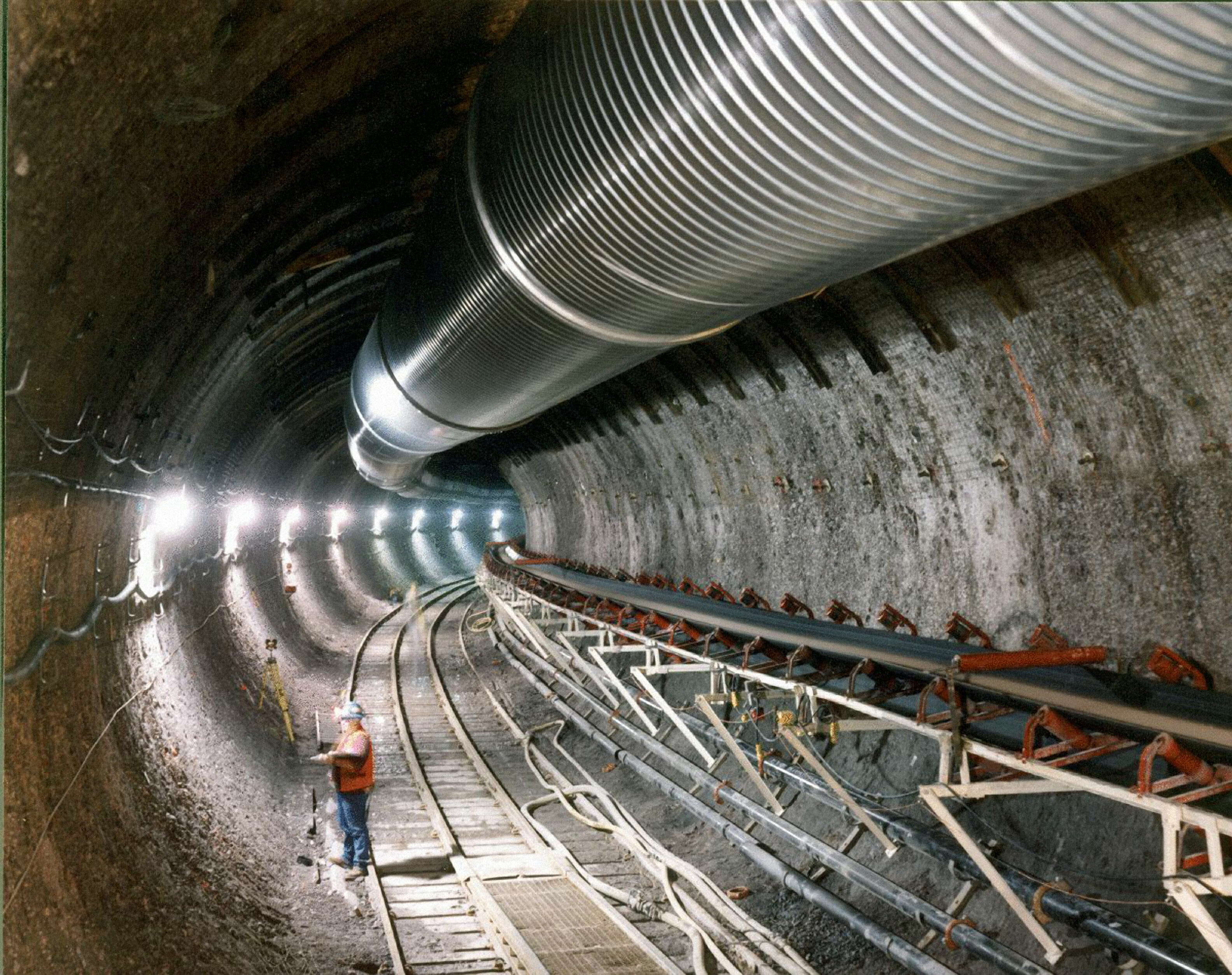Setting the record straight on Yucca Mountain

By Robert Halstead
Orrin J. H. Johnson’s opinion column, "The wrong way to make the right argument on Yucca Mountain,” Nevada Independent, Feb. 20, is wrong on the facts.
- The U.S. Nuclear Regulatory Commission (NRC) has not “determined that the site will be safe to store the waste…” No decision on safety can be made until the licensing process is completed. That will require 3-5 years of discovery and trial-like hearings,[1] costing $2 billion or more.[2] The Commission’s final decision may be challenged in Federal court.
- Spent nuclear fuel from commercial reactors is not “stored in facilities inadequate for long-term storage…” After a thorough environmental review, the NRC ruled in 2015 that spent nuclear fuel could be safely stored at reactor sites for the long-term - up to 160 years.[3] Spent fuel stored in dry casks at Fukushima Daiichi safely survived the March 2011 tsunami in Japan that caused three nuclear reactors to melt down.[4]
- There is presently no economic basis for “developing a reprocessing center…” in Nevada or anywhere in the United States. Construction of such a facility would cost $20 billion or more,[5] new reactor fuel from reprocessing would cost six times as much as fuel from freshly-mined uranium, and spent fuel reprocessing will remain economically unattractive for decades.[6]
Most importantly, Mr. Johnson ignores the safety and environmental reasons for the State of Nevada’s opposition, summarized in the 2017 Report of the Nevada Commission on Nuclear Projects.[7] Nevada’s 218 safety and environmental contentions,[8] admitted into the licensing proceeding by the NRC administrative law judges, challenge every aspect of the U.S. Department of Energy (DOE) license application.
Yucca Mountain is an unsuitable site for a geologic repository because of its geology and hydrology. Fractured rock above and below the repository horizon will allow highly corrosive oxidizing groundwater to transport radioactive material from the waste packages into the water table that flows into Amargosa Valley.
Engineered barriers, including $8 billion worth of titanium drip shields that might or might not be installed after 90 years, and a preposterous plan to keep the temperature within the emplacement drifts above the boiling point of water for about 1000 years, cannot overcome these deficiencies in geology and hydrology.
Robert Halstead is the executive director of the state’s Agency for Nuclear Projects.
Sources:
[1] https://www.gao.gov/assets/690/684327.pdf
[2] http://www.state.nv.us/nucwaste/news2018/pdf/FY_2007_TotalSystemLifeCycleCost_Pub2008.pdf
[3] https://www.gpo.gov/fdsys/pkg/FR-2014-09-19/pdf/2014-22215.pdf at 56245
[4] https://www.technologyreview.com/s/423649/the-case-for-moving-us-nuclear-fuel-to-dry-storage/
[6] http://web.mit.edu/mitei/research/studies/nuclear-fuel-cycle.shtml. See especially Table 7.1.
[7] http://www.state.nv.us/nucwaste/news2017/pdf/nv2017comm_report_final.pdf
[8] http://www.state.nv.us/nucwaste/licensing/Contentions_NV.pdf
